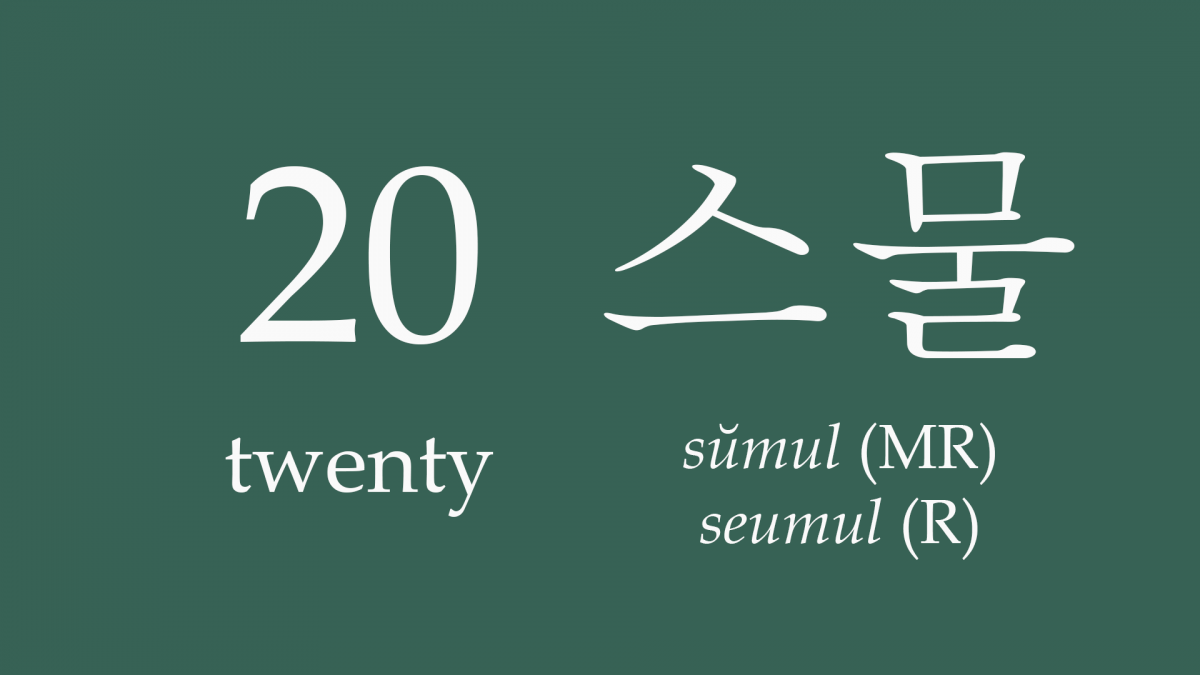I’ve put the title above in quotation marks because this is not a question that I am asking of you, the reader – this is a question that was asked of me a long time ago. Actually, more specifically, it was put to me as a statement – that ‘Taekwondo is a religion’ – by one of my friends.
I hadn’t been training in Taekwondo for very long at the time – probably about a year and a half – and the friend who asked it of me was not a martial artist at all. She was just very interested in philosophy (and went on to study philosophy at university).
My answer at the time was a firm ‘no, Taekwondo is not a religion’, though not having thought of the question before, I was not very well equipped to say why it was not. Nevertheless I have not forgotten being asked the question.
Certainly in some ways Taekwondo is similar to many world religions. We have a traditional style of clothing – the dobok; we have traditional rituals that we learn from and teach to each other – the forms; we have separate denominations – the different styles of Taekwondo – Changheon-yu, Kukki-won; we have founders; we have a hierarchical structure.
But these things alone do not make something a religion. Many of these attributes also apply to the supporters of football clubs, and they are generally not considered a religion (though I’m sure some philosophers would disagree). This question comes down to, as it often does: what is the defining quality of a religion?
Personally, I think that a religion has to have a supernatural belief system – you have to believe in a deity or some other metaphysical entity. While in Taekwondo we do idolise a number of people – such as Choi Hong-hi and Hwang Ki – there are no gods or goddesses. On this alone, I would say that Taekwondo is not a religion.
However, some would argue that belief in the supernatural is too narrow a constraint for the definition of a religion. It would most likely exclude Confucianism (which I would also not consider a religion, but again some would argue differently). Some would argue that a religion is any codified set of beliefs.
Taekwondo – particularly Changheon-yu Taekwondo – does have a set of beliefs. These are the tenets, or virtues, of Taekwondo: courtesy, integrity, perseverance, self-control, and indomitable spirit. These are the tenets by which students are expected to act in Taekwondo classes. But it is also often remarked that Taekwondo is not just an activity that you do for a few hours a week – it is a way of life. The five tenets, as well as other aspects of Taekwondo and Korean culture, are supposed to be part of your life outside of the dojang too. Therefore, the tenets, and the culture of Taekwondo, is a set of beliefs about how to live, comparable (and indeed heavily influenced by) the values of Confucianism.
So under this broader definition of a religion, where a religion is simply any set of beliefs, Taekwondo could be considered a religion. However, this does also make it arguable that capitalism is a religion as well. (Again, I’m sure that some philosophers would argue that capitalism is a religion.)
So in conclusion. This question leads to the usual philosophical minefield about the definition of religion and what things you think should and shouldn’t be considered a religion. While there are some similarities between Taekwondo and world religions, I think they are sufficiently different that Taekwondo should not be considered a religion.

